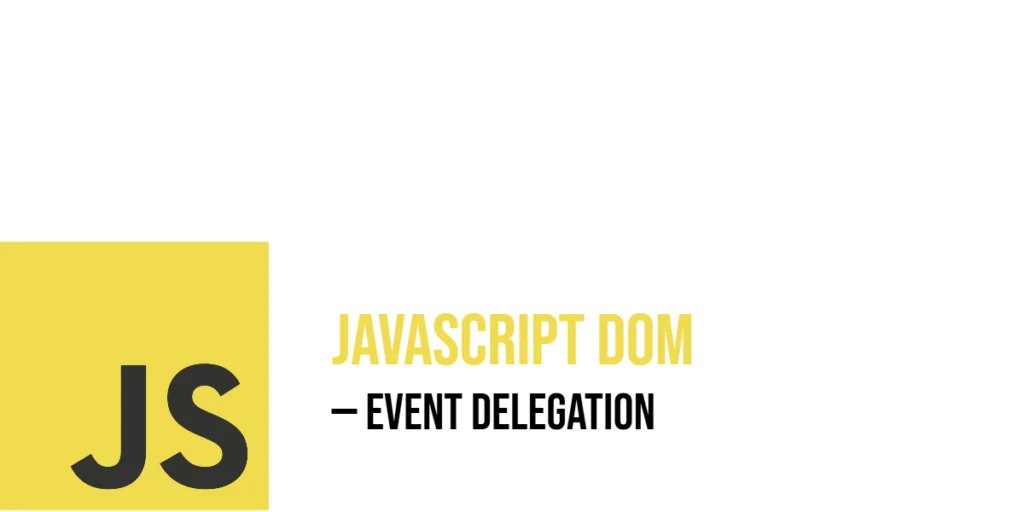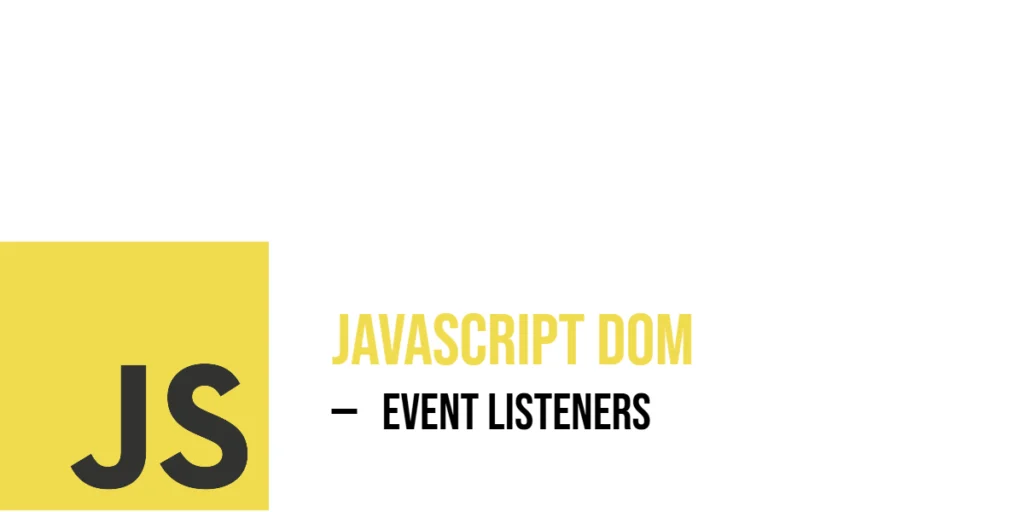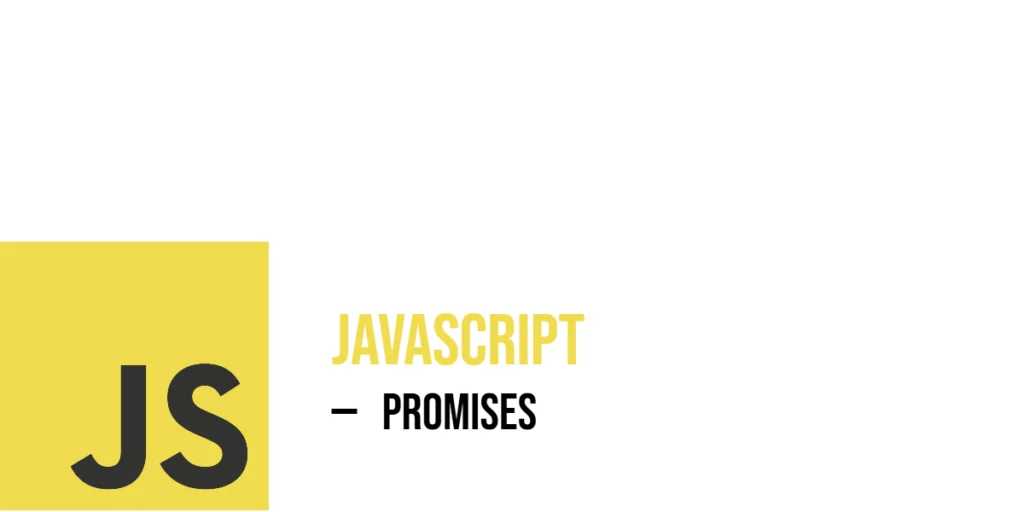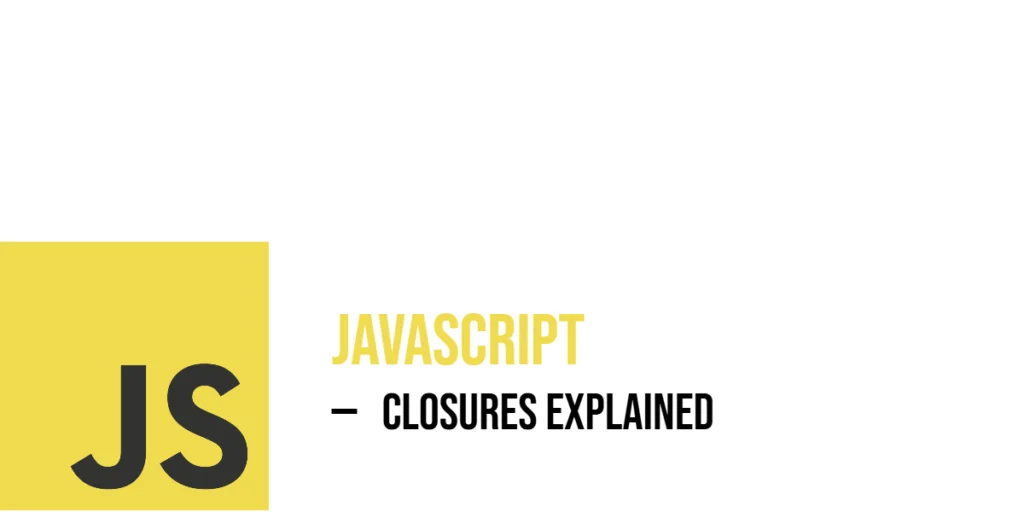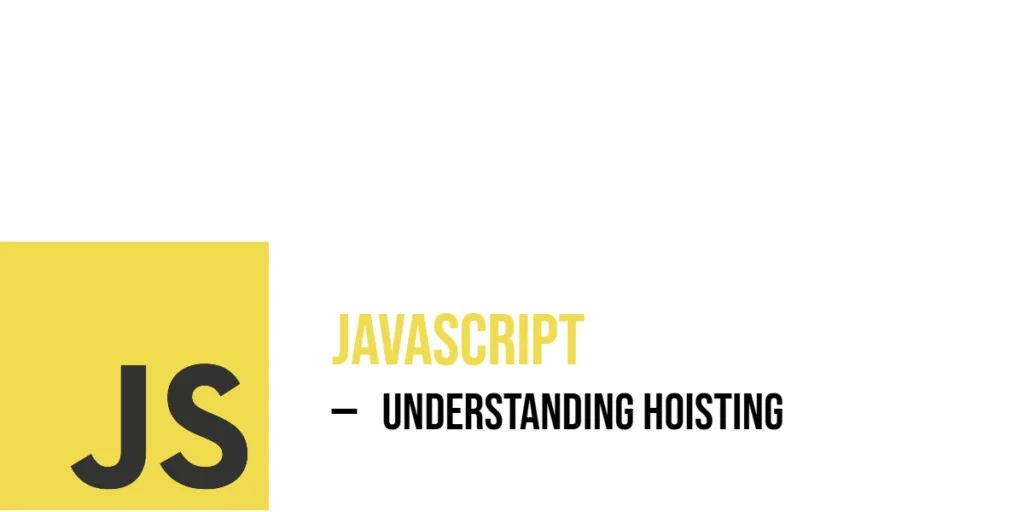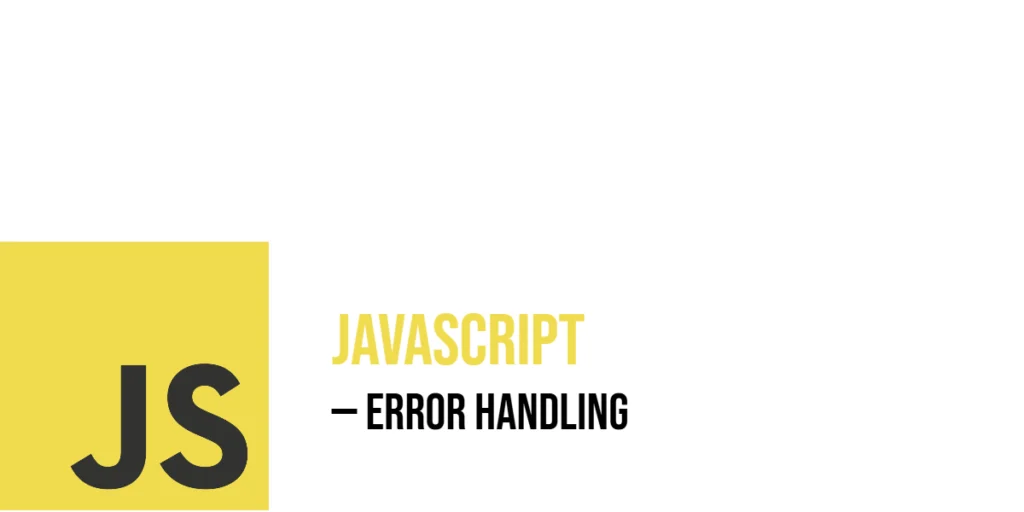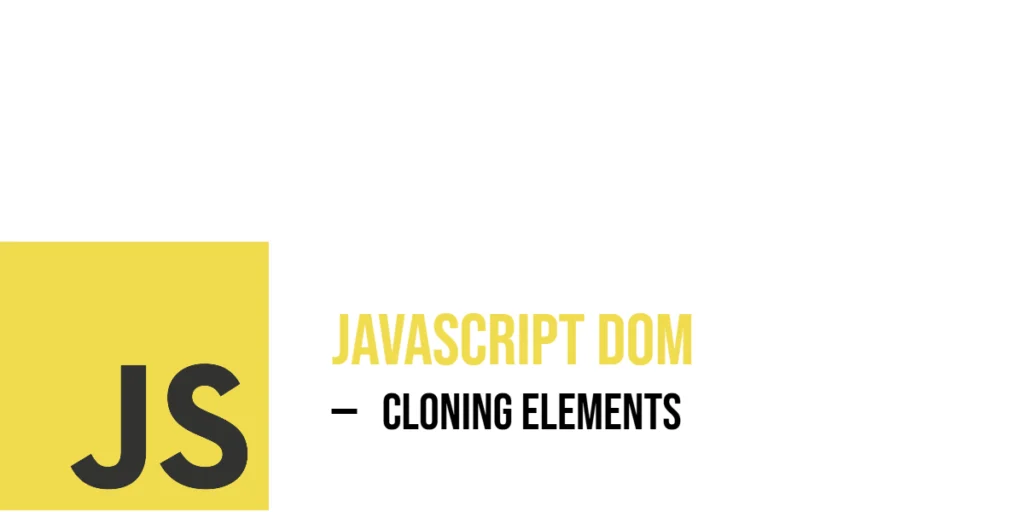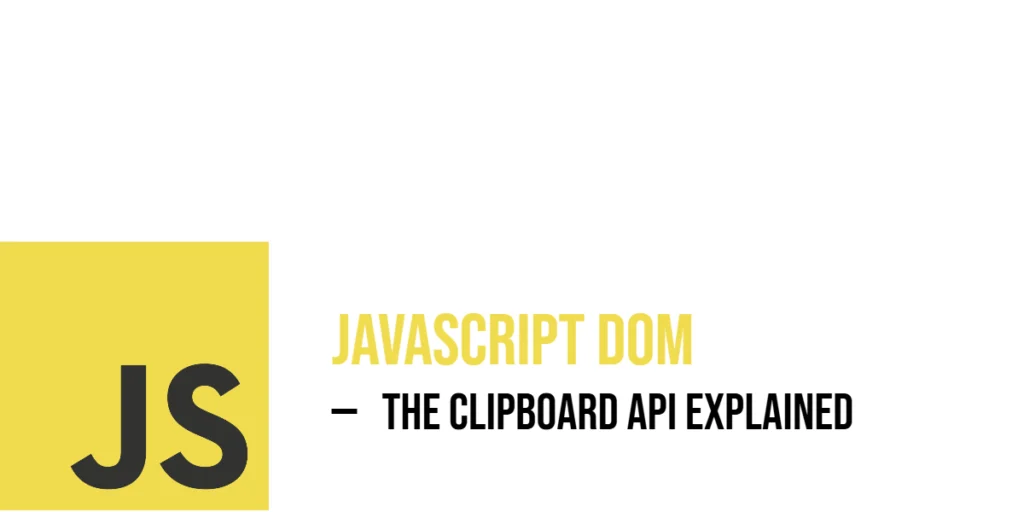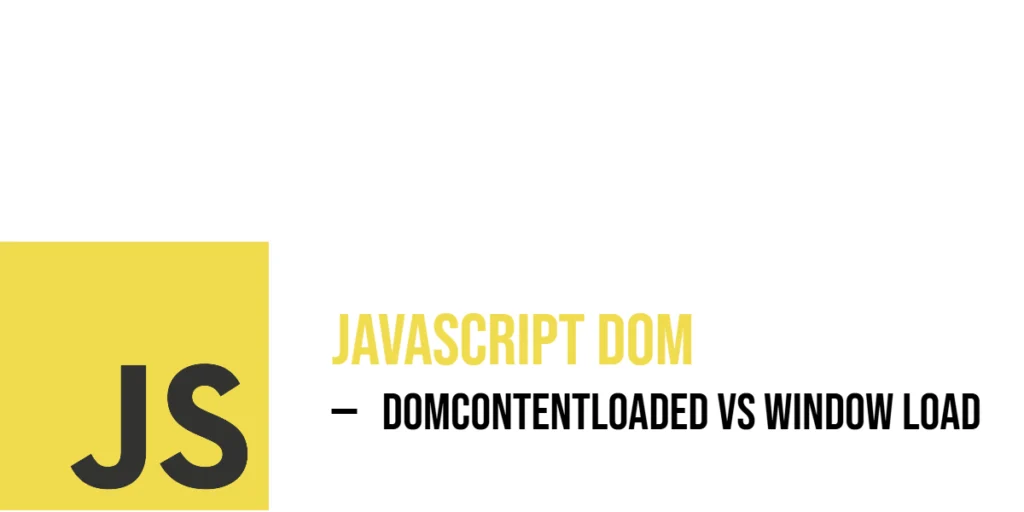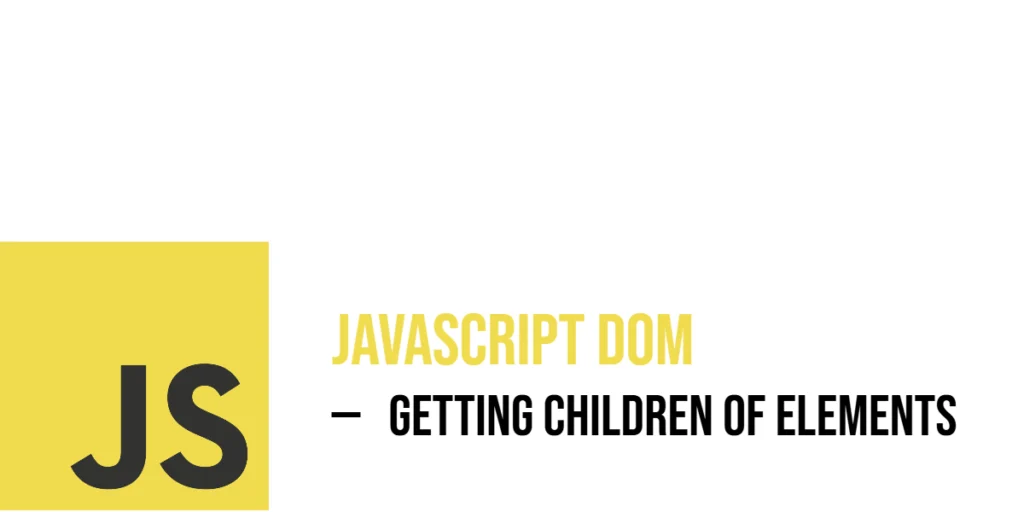JavaScript DOM: Event Delegation
Event delegation is a technique in JavaScript that lets you handle events more efficiently by placing a single event listener on a parent element instead of many listeners on each child element. When a user interacts with any of the child elements, the event bubbles up to the parent, which catches it and decides how […]
JavaScript DOM: Event Delegation Read More »
